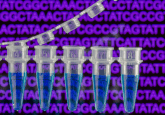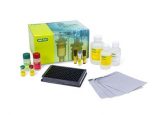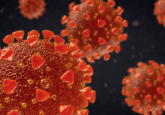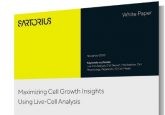A novel method of isothermal amplification for faster detection of nucleic acids

A novel method for isothermal amplification of nucleic acids has been developed by researchers from Xuchang University (Xuchang, China). The method could be used for detection of pathogens.
A novel method for isothermal amplification of nucleic acids has been developed by researchers from Xuchang University. The research team, led by Deguo Wang, developed a new method, termed ladder-shape melting temperature isothermal amplification (LMTIA).
“The threat of ASFV, SARS-CoV-2 and other newly emerging pathogenic micro-organisms is ongoing, and thus rapid, sensitive and simple nucleic acid-based test methods are urgently needed for detection and control of the pathogens,” stated Wang.
Many techniques for nucleic acid amplification have been developed. Broadly, these can be divided into two categories: thermocycling amplification techniques and isothermal amplification techniques. Some of the most-used thermocycling techniques for the detection of SARS-CoV-2 are PCR and ligase chain reaction, however, the requirement of a thermocycler limits the availability of these methods.
 Can technology help us win the vaccine race against COVID-19?
Can technology help us win the vaccine race against COVID-19?
The unprecedented determination and speed with which COVID-19 vaccines were developed and approved has been impressive to say the least. However, the success has brought some concern about the abnormally fast vaccine development procedure.
Isothermal amplification does not require a thermocycler, however, many of the isothermal amplification methods have drawbacks including lengthy processing times and nonspecific amplification. In this study, the authors develop a new method of isothermal amplification with high specificity and sensitivity.
“We have studied more than 1000 sets of LAMP primers to deduce a mechanism of single-strand template production without 95°C denaturation, and here developed the novel method, termed ladder-shape melting temperature isothermal amplification,” explained Wang.
The authors compared this method with loop-mediated isothermal amplification (LAMP) assay in the aspect of sensitivity and specificity. They found that this method was 50-fold more sensitive and 1-hour faster than the LAMP assay, with the same level of specificity.
In the paper, the authors provide the reaction mechanism, target sequence selection, primer design and the sensitivity and specificity of LMTIA. The method is widely available for use in laboratories as it does not require a thermocycler.
“Because this method does not require a thermocycler, it may have wide application for the detection of pandemic diseases, including coronavirus diseases,” commented Wang.





